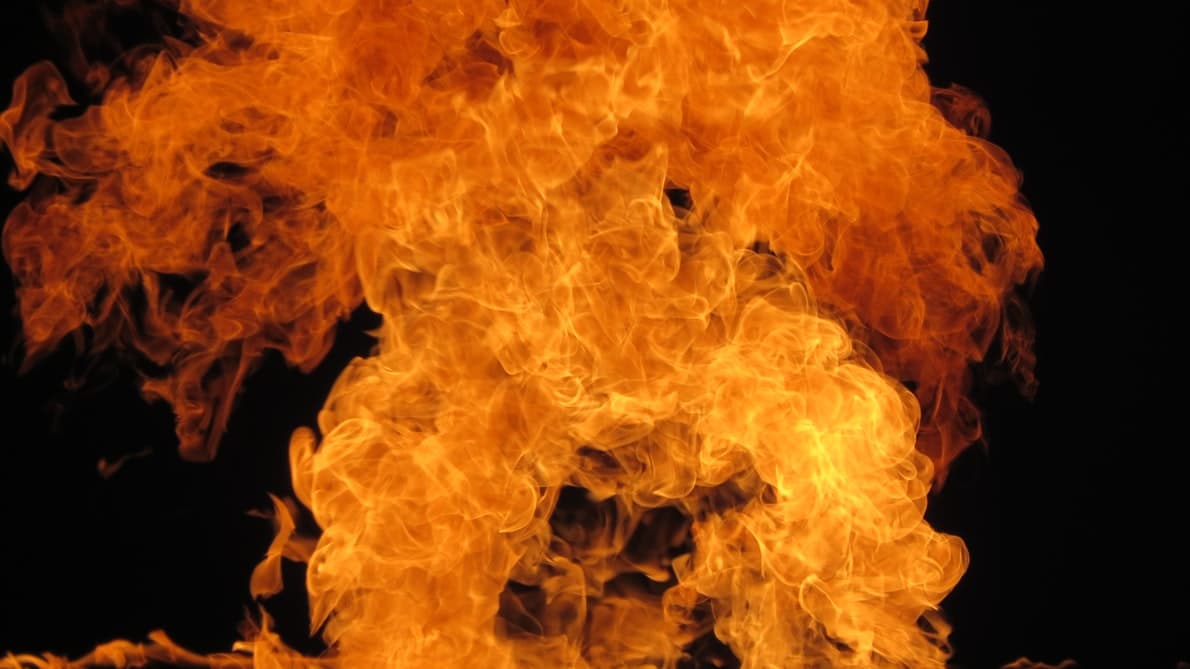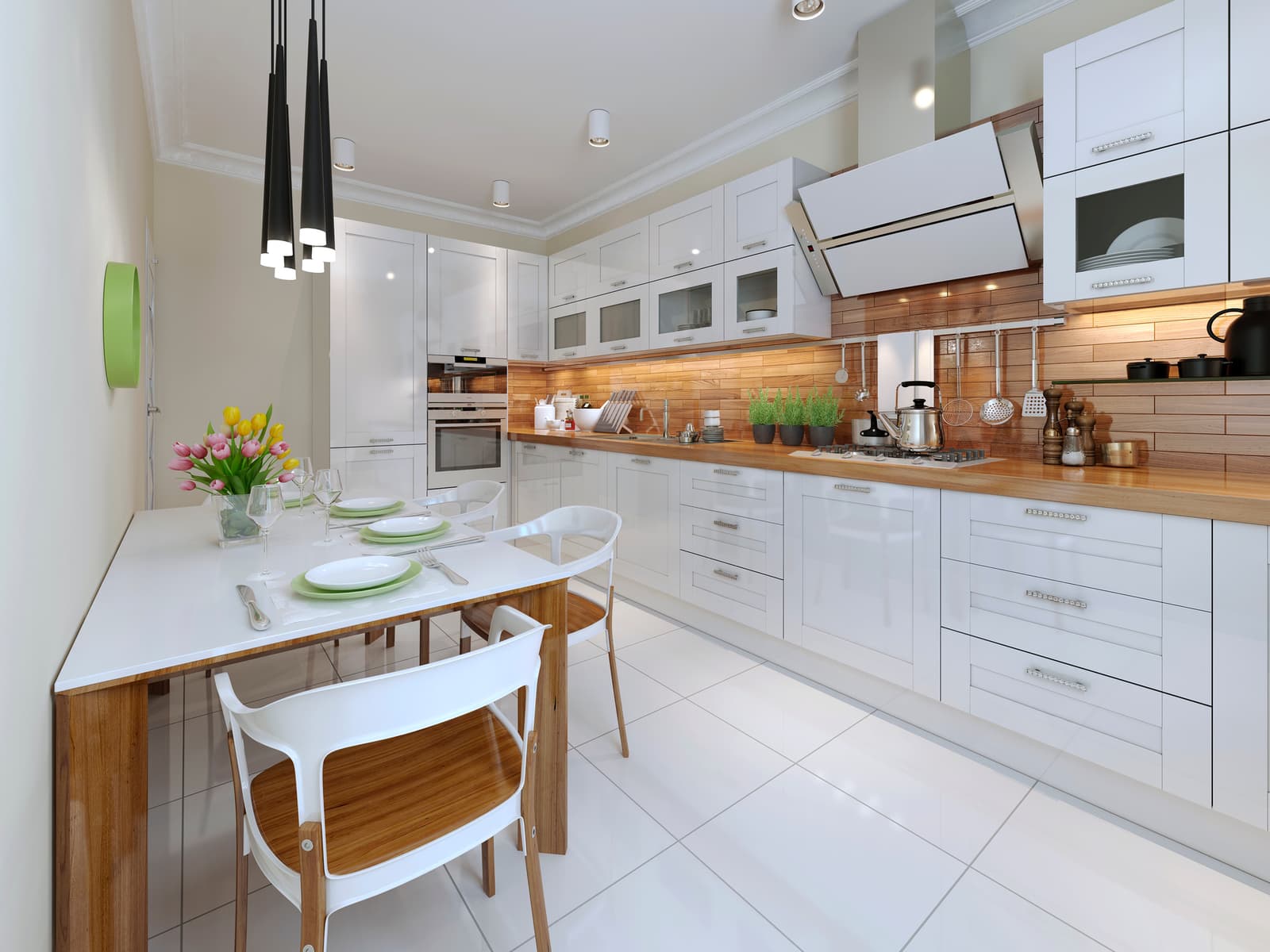
Shingles are in place to protect the layers of roof below and more importantly, the inside of your home. They work against weather damage, including rain, snow, sleet as well as sun. Not only do shingles protect from the effects of the great outdoors, they also work to help your interior avoid serious water damage as well as leakage.
Get Your Project Started Today
Submit your details and receive three free quotes from trusted contractors.
Installing shingles onto your roof in the correct fashion could conserve your surfaces for 20 to 40 years. This job isn’t easy, but if you’re willing to put in the work, time and effort, you could reap the benefits of installing shingles well before you know it!
If you’re ready to take on the job here are the step by step instructions for correctly installing roof shingles
Here’s how to install roof shingles

Source: Canva
1- Determine your roof style
Before beginning this project, it is important to figure out what style of roof your home has and then you can install shingles accordingly. There are two main roof styles, and they are hip and gable.
Hip: A hip roof slopes on all four sides and all the sides are of equal length. These come together to form a ridge at the top. Hip roofs are more stable than their gable counterpart, as they possess an inward slope that works to keep the structure sturdy as well as durable. This style roof works well with high wind and snowy areas, as the slant of the roof forces snow to slide off without leading to standing water.
Although this type of roof is more sturdy, hip roofs are more expensive to install than gable roofs. Some different types of hip roofs include simple hip, cross hipped, half-hipped and so on.
Gable: A gable roof is also often referred to as a pitched or peaked roof, and is one of the most popular roof styles in North America. This roof is easily identifiable by their triangular shape. This style roof provides plenty of space to create an attic or storage area as well as more ventilation.
Gable roofs are cheaper than the aforementioned hip roof, as well as easier to build. However, gable roofs may have issues holding up against intense weather conditions, including strong winds. Some different types of gable roofs include: side gable, crossed gable, front gable as well as Dutch gable.
Determining the style of roof you’re working with will allow you to correctly choose the materials you’ll need for shingling.
2- Correctly choose and size your shingles
Sizing your shingles correctly is one of the most crucial steps to installing roof shingles. The size of your shingles will directly depend on how you plan on organizing them into rows and columns. In some cases, roofers will cut 5 different sizes and work with these. This is because a variety of cuts will allow you to cover the roof correctly and evenly. Consider this when buying or having shingles cut for your roofing project.
The shingles you choose will depend on your roof as well as what you’re looking for, aesthetically and otherwise. Both are installed in the exact same manner, and they are as follows:
Three-tab: these shingles are a thick single-layer of asphalt mat material that is coated with granules.
Architectural or dimensional: These shingles are created by compressing and gluing multiple layers of an asphalt mat to a thick base. This process gives the shingles a full and thick appearance, making them more durable and longer lasting.
3- Laying shingles
To begin laying shingles, you will want to start at the edge of your roof along the bottom. Regardless of the style of shingle you’ve chosen, you’ll need to place nails about ¾ an inch above the tab of the shingle. Be certain that you don't nail into the tar strip, as this will compromise the shingle and it will be unusable.
Four nails should be placed into the bottom of the first row of shingles, including two on either side exactly 2 inches from either end. Nailing at the end of the shingle will allow for the next shingle laid to cover the nail heads, as well as penetrating and holding the top edges of the row that falls below.
It is recommended that you use a nail gun, rather than a hammer and nail, for this job. If you find that your nail gun is firing too deeply and destroying sections of the shingles, it would be recommended that you set the air compressor as well as the gun depth, lower.
Lay the first row of shingles directly covering the starter row, as the starter row should be narrow and act as a guideline for the rest of the job. Cut approximately 6-inches off the length of the starter shingles, but keep the rest of the shingles at regular size. If you have some chalk on hand, it is recommended that you snap a horizontal chalk line over this starting row, using it as a guideline for the rest of the shingles.
This will allow for a joining of the ends of the first regular sized row of shingles placed over the started shingles. This is the simplest way to lay shingles. Some shingle sets will include a starter row of shingles or a roll of strip material that you can use in their place.
Once you are onto the second row of shingles, start by setting the first shingle of the second row back at least half a tab. It is suggested that you draw a chalk line vertically up the side of your roof, as well as from the inside edge of the first shingle to the top of your roof. This will help to guide your shingles into place and keep them fairly even-numbered. Continue to work in a horizontal manner until you reach the peaks of your roof.
4- What to do when placing shingles around a chimney, vent or otherwise
In most cases, chimneys, stack pipes and vents located on your roof will be surrounded with metal flashing that has been laid over tar. When installing shingles in these areas, they will need to be interlaced with this flashing.
Interlace the flashing around the chimney with a row of shingles, but make sure to cement down the piece of sheet metal before you lay the layer of shingles. This is because water needs to run down the roof, rather than finding its way between the shingle and the surface below. If possible, have some shingles reach underneath the flashing and others which stretch over.
Of course, the placement of shingles will greatly depend on the layout of your roof as well as the type of chimney or vent you have, so work to make sure that water, snow or ice cannot find it’s way beneath the shingles.
5- Bring ridge edges together
The last step when installing shingles on your roof is to bring ridge edges together. This is generally done by way of a special type of shingle aptly called ridge shingles. If you don’t happen to have any ridge shingles, cut a number of regular shingles into 3 tabbed, equal pieces and bend each one of these just slightly. This is so that they can fit snuggly onto the peak of your roof. Nail these into place, though bear in mind that this step will require longer nails.
Want more information about roofs? Here are some useful articles on this subject:
Looking for something else?
Related articles
The latest industry news, interviews, technologies, and resources.

Amanda Harvey
•07 Nov 2023
Being subjected to a house fire certainly brings its share of sadness and concern. Whether we’re thinking of lost memories or the work that’s required to restore our home, as well as the expenses that’ll necessarily accompany it, this is not a time of celebration.

Editorial Team
•15 Dec 2025
Have you thought about adding a dedicated space to store garden tools, outdoor equipment, or all those extra items that clutter your home? Maybe you’re dreaming of a backyard playroom, craft area, or hobby space for your kids. A garden shed can be a practical and cost-effective solution, giving you extra space while enhancing the functionality and appeal of your outdoor area.

Léa Plourde-Archer
•04 Oct 2024
Ceramic is a highly-resistant and versatile material that is known for being both practical and aesthetically pleasing. Adapted to all tastes, it is sold in the form of tiles that are offered in a wide variety of colours, shapes and textures. There is something for every budget, as prices vary, among other things, depending on the quality of the material and shape of the tiles.

Editorial Team
•05 Sep 2024
In most rooms, flooring is subject to a lot of wear and tear from constant foot traffic, shifting furniture, falling objects, etc., making it a key surface to consider when designing the floor plan of any room.

Christine Simard
•07 Nov 2023
The DIY movement keeps growing every day, especially on YouTube. More and more young adults are taking over the world of easy and creative renovations whilst combining the budgetary aspect, thus respecting the well-known reality of many with regards to budgetary restrictions when renting.